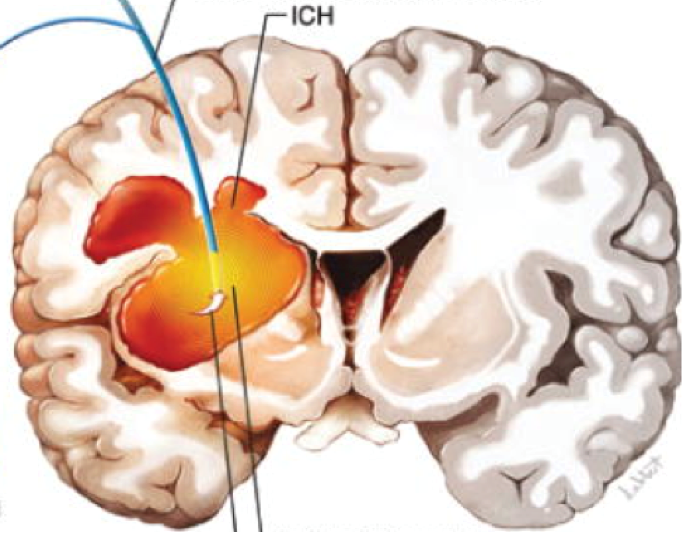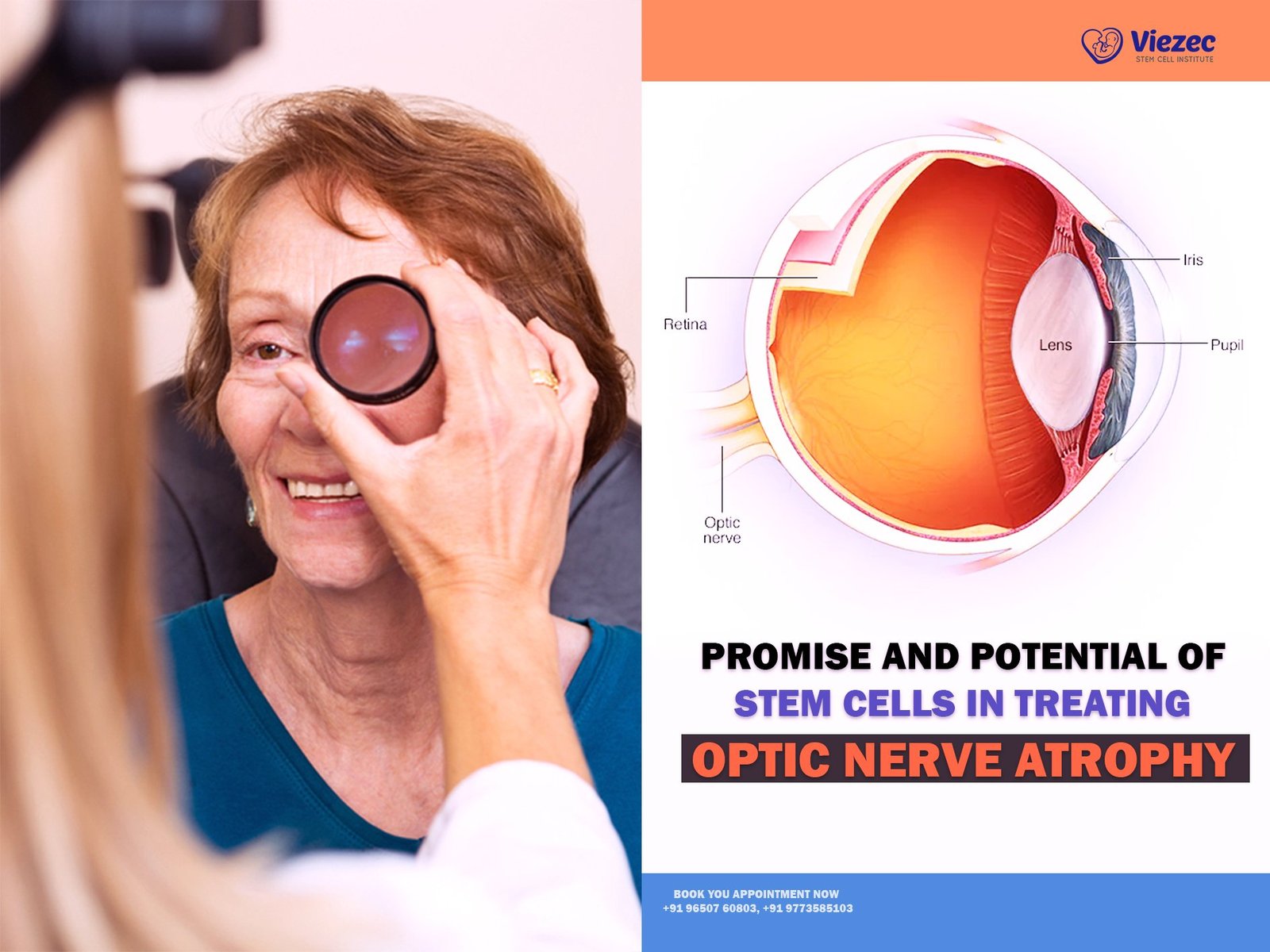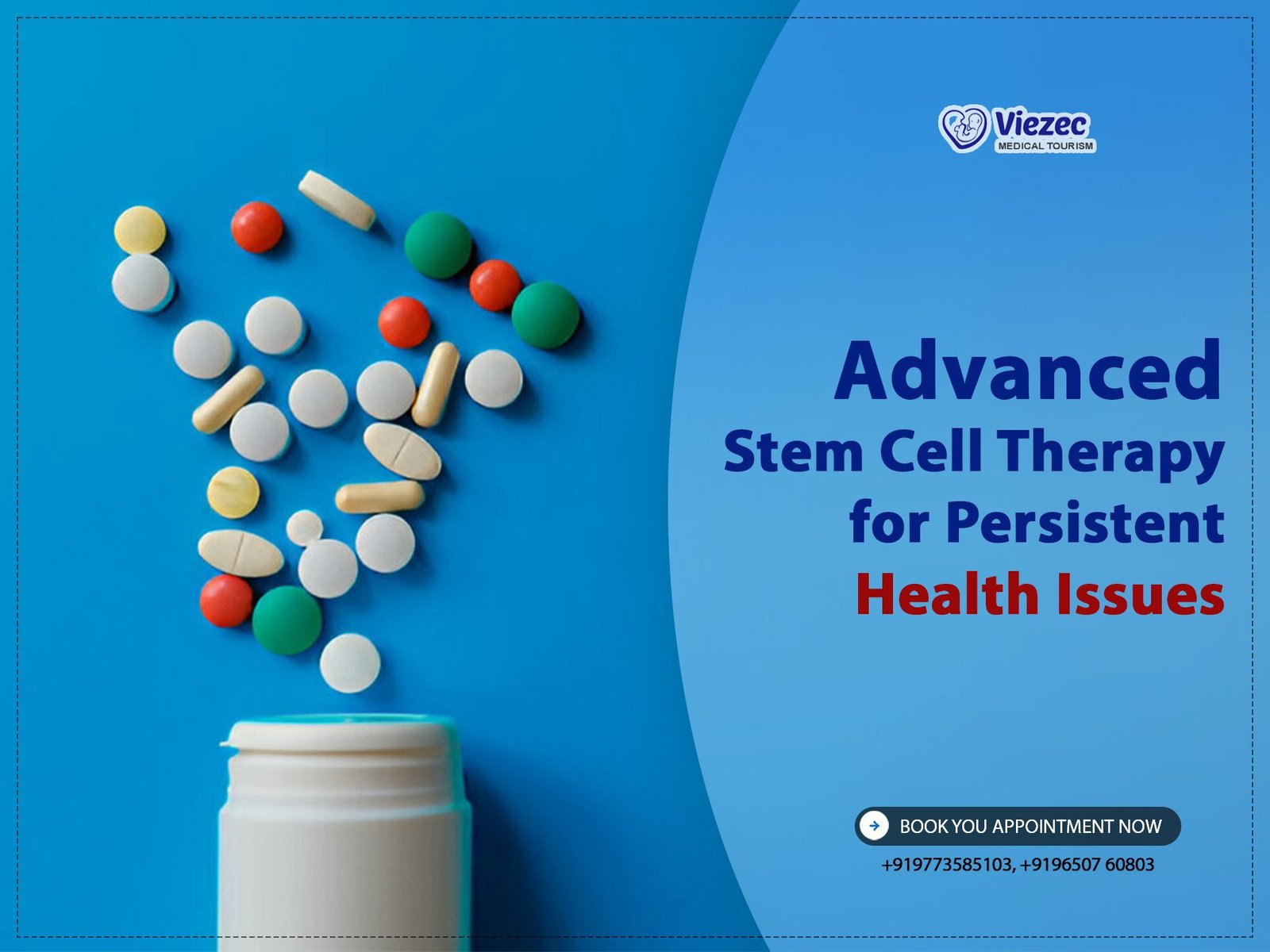Stem cell therapy enhances natural healing by using the body’s own regenerative cells to repair damaged tissues, reduce inflammation, and restore function. Unlike conventional treatments, it stimulates true recovery without drugs or surgery. With applications in joint pain, autoimmune disorders, and more, this innovative, holistic approach empowers long-term wellness—bridging cutting-edge science with the body’s innate ability to heal itself naturally.
Introduction to Stem Cell Therapy
What Are Stem Cells?
Stem cells are the building blocks of life—the body’s raw materials capable of developing into any other type of specialized cell. When needed, these versatile cells can divide and transform into blood cells, brain cells, muscle cells, or other vital tissues. What makes them unique is their dual ability: they can both self-renew and differentiate. This means they not only replenish themselves but also generate the specific types of cells the body requires to heal and function.
A Brief History of Stem Cell Research
The concept of stem cells first emerged in the early 20th century, but it wasn’t until the 1960s that scientists identified hematopoietic stem cells—the stem cells that give rise to blood cells. This discovery laid the groundwork for life-saving bone marrow transplants. Fast forward to 1998, when researchers isolated human embryonic stem cells, opening new doors for regenerative medicine. Since then, advances in science and technology have shifted the spotlight to adult stem cells and ethically sourced alternatives, making therapies more accessible and widely accepted.
Breakthroughs in Natural Healing
Today, one of the most exciting aspects of stem cell therapy is its alignment with the body’s natural healing processes. Instead of relying solely on pharmaceuticals or invasive procedures, doctors can now harness stem cells—often from a patient’s own fat or bone marrow—to repair tissues and restore function. This personalized, low-risk approach is transforming the way we think about healing, shifting the focus from symptom management to actual regeneration.
How Stem Cell Therapy Works in the Body
The Regenerative Process Explained
At its core, stem cell therapy is about empowering the body to heal itself—naturally and intelligently. When stem cells are introduced into damaged or diseased tissue, they don’t just sit there. They get to work. These cells sense signals from the injured area and respond by transforming into the specific types of cells needed for repair, whether that’s cartilage, muscle, or nerve cells. They also secrete bioactive molecules—like growth factors and cytokines—that stimulate the body’s existing cells to kickstart healing and reduce further damage.
Repairing vs. Replacing Damaged Cells
Conventional medicine often focuses on symptom management—think painkillers for inflammation or surgery to remove damaged tissue. Stem cell therapy flips that script. Instead of masking issues or removing tissue, it encourages the regeneration of healthy, functioning cells. In some cases, stem cells can directly replace damaged cells; in others, they act like conductors in an orchestra, guiding nearby cells to repair themselves. The result? A more holistic and long-term solution to healing.
The Role of Inflammation in Healing
Inflammation is a double-edged sword. It’s the body’s natural response to injury, but when it becomes chronic, it can actually slow down or block healing altogether. Stem cells help bring balance. They release anti-inflammatory compounds that calm the immune response while still supporting essential repair processes. This regulation not only accelerates healing but also helps prevent future flare-ups—especially in conditions like arthritis or autoimmune diseases.
Natural Healing Power of Stem Cells
Stimulating the Body’s Innate Repair Systems
One of the most compelling aspects of stem cell therapy is how seamlessly it taps into the body’s own wisdom. Rather than forcing an artificial fix, stem cells work by enhancing the body’s built-in repair mechanisms. When introduced into the bloodstream or injected at the site of injury, these cells seek out damaged tissue, communicate with the surrounding environment, and trigger repair at a cellular level. It’s as if they speak the body’s native healing language—quietly, effectively, and intuitively.
Enhancing Recovery Without Harsh Chemicals
In traditional medicine, recovery often depends on medications that can come with a long list of side effects. Stem cell therapy offers a powerful alternative. It promotes tissue regeneration and reduces inflammation without the need for synthetic drugs, steroids, or long-term pharmaceutical dependence. This makes it especially appealing to those seeking a more natural, holistic path to wellness—one that works with the body, not against it.
Balancing the Immune Response Naturally
Our immune system is both a healer and a potential disruptor. When overactive, it can lead to chronic inflammation and autoimmune issues. Stem cells act like skilled moderators: they don’t suppress the immune system entirely but help it recalibrate. By releasing signaling molecules that reduce excessive immune activity and promote tissue tolerance, stem cells create a balanced environment that supports long-term healing without shutting down vital defenses.
Types of Stem Cells Used in Therapy
Mesenchymal Stem Cells (MSCs)
Mesenchymal stem cells, or MSCs, are the unsung heroes of regenerative medicine. Found in sources like bone marrow, fat tissue, and umbilical cord blood, these multipotent cells are especially valued for their versatility and healing capabilities. MSCs can differentiate into various cell types—such as bone, cartilage, muscle, and fat—and are known for their powerful anti-inflammatory and immunomodulatory effects. This makes them ideal for treating a wide range of conditions, from orthopedic injuries to autoimmune disorders.
Embryonic vs. Adult Stem Cells
Embryonic stem cells (ESCs) are pluripotent, meaning they can become virtually any cell type in the human body. While this sounds promising, the use of ESCs is highly regulated and controversial due to ethical concerns around their source. In contrast, adult stem cells—like MSCs—are derived from fully developed tissues, often from the patient’s own body. They’re widely used in clinical settings because they’re safer, ethically sound, and carry a lower risk of immune rejection.
Which Type Is Best for Natural Healing?
When it comes to enhancing healing naturally, adult stem cells—particularly MSCs—are the gold standard. Since these cells are typically harvested from the patient’s own tissue, the risk of complications is significantly reduced. Their ability to calm inflammation, repair tissue, and support immune balance makes them an ideal choice for anyone seeking a natural, holistic approach to healing. In clinical practice, MSCs strike the perfect balance between safety, accessibility, and therapeutic power.
Conditions That Benefit from Stem Cell Therapy
Joint Pain and Osteoarthritis
For those suffering from joint pain or osteoarthritis, stem cell therapy offers a transformative alternative to painkillers or surgery. MSCs, in particular, can regenerate damaged cartilage, reduce inflammation, and even slow the progression of joint degeneration. Patients often report improved mobility, reduced stiffness, and a return to activities they once thought impossible—all without the long recovery time associated with joint replacements.
Autoimmune and Inflammatory Disorders
Autoimmune conditions like rheumatoid arthritis, lupus, and Crohn’s disease are marked by an overactive immune system attacking the body’s own tissues. Stem cells help reset that system. By releasing immunoregulatory molecules, they calm inflammation and promote healing without shutting down the immune system entirely. Clinical studies have shown promising results, with many patients experiencing fewer flare-ups, less fatigue, and a better quality of life.
Neurological and Cardiovascular Applications
Stem cell research is expanding rapidly into more complex conditions like Parkinson’s disease, multiple sclerosis, stroke recovery, and heart disease. In neurological disorders, stem cells are being studied for their ability to regenerate neurons and protect existing brain cells. In cardiovascular care, they may help repair heart muscle damage following a heart attack or improve circulation in patients with chronic heart conditions. While many of these uses are still under clinical investigation, early results are encouraging—and point toward a future where stem cells could become central to treating conditions once thought untreatable.
Real-Life Stories of Natural Healing
Case Studies of Recovery
Science is powerful—but real-life results are where hope truly comes to life. Across the globe, patients are experiencing remarkable improvements thanks to stem cell therapy. In clinical case studies, individuals with degenerative joint conditions have regained mobility, while those with chronic inflammation have reported long-term pain relief. For example, athletes sidelined by injuries are returning to competition after receiving stem cell treatments that regenerate tissue faster than traditional rehab alone.
Patient Testimonials
Patient stories echo what the research shows: stem cell therapy is changing lives. People who were once reliant on daily medication, cortisone shots, or even preparing for surgery are now enjoying active, pain-free lifestyles. Many share how, after years of frustration with conventional medicine, stem cell therapy gave them a second chance—helping them return to hiking, playing with their kids, or simply walking without pain.
From Chronic Pain to Functional Wellness
One of the most profound impacts of stem cell therapy is its ability to restore not just physical function but quality of life. Chronic pain can be all-consuming, affecting everything from sleep to emotional well-being. When that pain subsides—and the body begins to truly heal—people often experience a mental and emotional transformation as well. It’s not just about managing symptoms anymore. It’s about moving freely, living fully, and reconnecting with life in a way that feels natural and empowering.
Stem Cell Therapy vs. Conventional Treatments
Natural Healing vs. Medication
For decades, conventional medicine has relied heavily on medications to manage chronic conditions. While drugs can be lifesaving, they often focus on masking symptoms rather than resolving the root cause. Stem cell therapy takes a different path. It activates the body’s own healing mechanisms—addressing tissue damage, inflammation, and dysfunction at the cellular level. The result? Many patients find they can reduce or even eliminate their need for long-term medications, particularly those with heavy side effects.
Surgery-Free Solutions
Surgery is sometimes necessary, but it’s not always the only—or best—option. For people facing invasive procedures like joint replacements or spinal fusion, stem cell therapy offers a minimally invasive alternative. Recovery times are significantly shorter, and the risks associated with surgery—like infection, anesthesia complications, or long-term joint limitations—are greatly reduced. In many cases, stem cell treatments can delay or even prevent the need for surgery entirely.
Long-Term Outcomes and Quality of Life
Perhaps the most exciting difference lies in long-term results. Stem cell therapy doesn’t just aim to fix a problem—it strives to restore overall function and wellness. Patients often report improved mobility, less reliance on medications, better sleep, and increased energy. It’s a ripple effect: when the body begins to heal, every aspect of life improves. And because the therapy is tailored to each individual, outcomes often feel more personal, more empowering, and more sustainable.
Lifestyle Tips to Support Natural Healing
Nutrition That Supports Regeneration
What you put on your plate can powerfully influence how your body heals. Nutrients like omega-3 fatty acids (found in flaxseeds, salmon, and walnuts), antioxidants (from berries, leafy greens, and dark chocolate), and vitamins A, C, D, and E all play a key role in supporting stem cell function. A diet rich in whole, unprocessed foods provides the building blocks your body needs to fuel regeneration. Hydration is also essential—water helps transport nutrients and keep tissues supple and responsive to repair.
Exercise and Stem Cell Activity
Movement isn’t just good for your heart—it also stimulates stem cell activity. Moderate, consistent exercise increases blood flow, which helps distribute oxygen and nutrients to healing tissues. It also encourages the release of growth factors that signal stem cells to activate and go to work. Even light activity like walking, stretching, or yoga can support recovery and maintain flexibility without overloading healing joints or tissues.
Stress Reduction for Optimal Healing
Chronic stress floods the body with cortisol, a hormone that can suppress stem cell function and weaken the immune system. That’s why stress management is crucial for anyone undergoing regenerative treatment. Practices like meditation, deep breathing, journaling, or simply spending time in nature can dramatically improve your body’s healing environment. And don’t underestimate sleep—this is when the body does most of its repair work. Aim for 7–9 hours of quality rest to support full-body regeneration.
Affordable Stem Cell Therapy in India by Viezec
Global Quality, Local Affordability
India has rapidly become a destination for cutting-edge medical care—and stem cell therapy is no exception. Viezec, a trusted healthcare facilitator based in India, is helping bridge the gap between advanced regenerative treatments and affordability. By working with accredited hospitals and experienced stem cell specialists, Viezec provides access to high-quality stem cell therapies at a fraction of the cost compared to many Western countries.
Personalized Care With International Standards
Viezec doesn’t just connect patients to treatment—it provides full-service support tailored to each individual’s medical needs. From pre-treatment consultations and travel arrangements to post-treatment care, the Viezec team ensures that every step of the journey is smooth, transparent, and focused on results. Their partner clinics are equipped with state-of-the-art facilities and adhere to international protocols for safety and efficacy.
Why Choose India for Stem Cell Therapy?
-
Cost-effective without compromising quality
-
Board-certified regenerative medicine specialists
-
Ethical sourcing and use of adult stem cells (mainly MSCs)
-
Comprehensive care packages including accommodation and logistics
-
Increasing global recognition for successful outcomes
For patients seeking a natural, innovative, and affordable way to restore health, Viezec is opening doors to life-changing possibilities through stem cell therapy in India.









